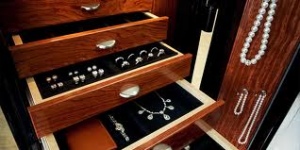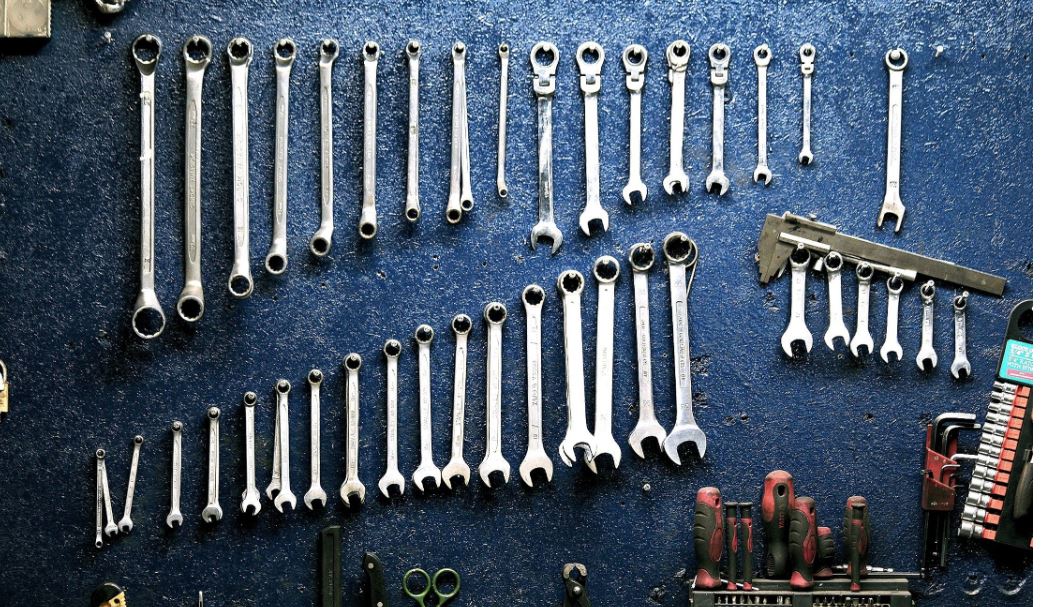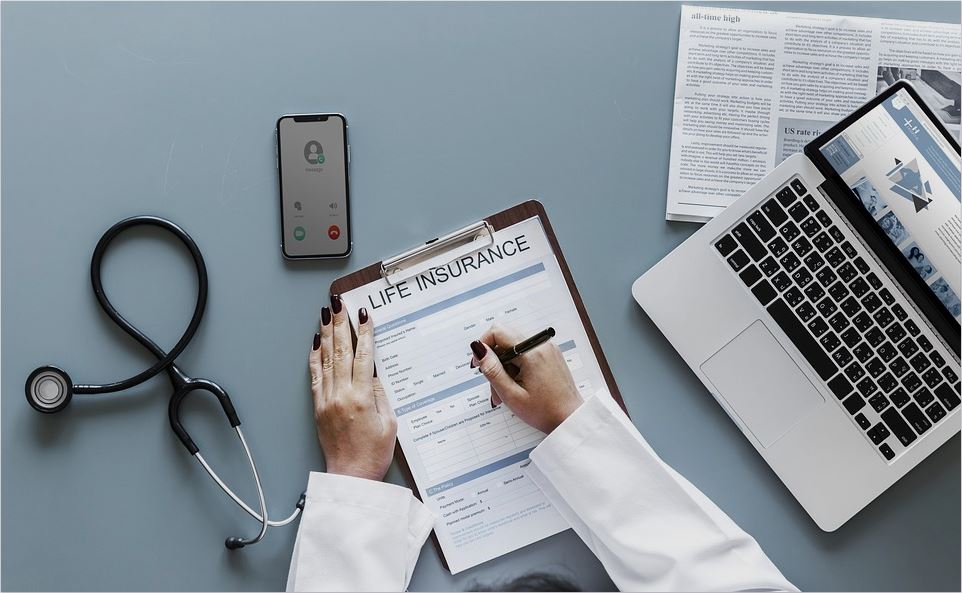Have you heard of blood diamonds? Thanks to rules and regulations set in place by the United Nations, there are fewer diamond smugglers than ever. But are blood diamonds really a thing of the past? And are all the new regulations a good thing? These questions are important as you face how and where to buy your diamond jewelry in today’s modern market.
What are Blood Diamonds?
Blood diamonds are simply diamonds gathered and sold through illegal means. Many revolutionists in Africa, as well as drug lords and individuals involved with sex trafficking are also involved in the diamond smuggling trade. However, there are also regular African citizens who smuggle diamonds simply to try to earn enough money to feed their families. Much of the money earned by diamond smuggling is used to fund wars and conflicts across the continent and world. That is why many associations and organizations around the world strive to cut back on diamond smuggling.
The Kimberly Process Certification Scheme (KCPS) was started in 2002 to help control diamond smuggling and avoid the use of blood diamonds. The United Nations backed this project. There are over 70 countries that currently participate in the KCPS program.
Is Diamond Smuggling Really Over?
KCPS fans claim that 99.8 percent of diamonds in today’s market are blood diamond-free. However, it is possible that some diamonds from smuggled sources slip through. There is no regulation on the diamonds that come in from non-KCPS countries, and it is possible that many smuggled diamonds are passed off as KCPS diamonds from other countries around the world. The United Nations estimates that $23 million worth of diamonds from the Ivory Coast came from smuggled sources in 2006.
Africa continues to supply about 60 percent of the world’s diamonds, and it is unknown how many of those diamonds are actually legitimate or not.
Who suffers from the Cutbacks to Diamond Smuggling?
Sadly, not everyone benefits from the cutback in diamond smuggling. Some low-income Africans have a harder time making ends meet since the crack-down on smuggled diamonds. Stricter law enforcements make it harder for individual smugglers to make ends meet, while large smuggling rings are still able to operate thanks to their larger resource pools. While the cut backs on diamond smuggling and blood diamonds have helped legitimatize the diamond industry, small people groups and low-income individuals trying to earn a decent living suffer.
Avoiding Blood Diamonds
You can do your part to avoid purchasing blood diamonds when you shop for jewelry. Purchase used jewelry from a jewelry repair shop to prevent the need for additional diamond mining. Ask the jeweler what their policy is on blood or conflict diamonds. Ask where the jeweler gets their diamonds. Ask if they provide a written guarantee that the diamond supplier that they use does not use conflict or blood diamonds. Typically, diamonds that come from Australia or Canada have a higher chance of being legitimate than those from Africa, but there are some legal sources in Africa as well. Always check for KCPS certification.
There are many things you can do to help cut down on diamond smuggling. However, as long as people want to use diamonds for industrial use as well as for jewelry, there will continue to be smugglers. That is unavoidable, but you can help avoid smuggling by always check your diamond jewelry sources before making a purchase. This will protect honest diamond sellers and also help prevent the funding for the black market, slave trade, and civil wars in Africa and other countries around the world.







